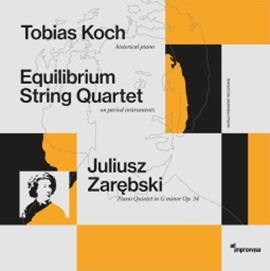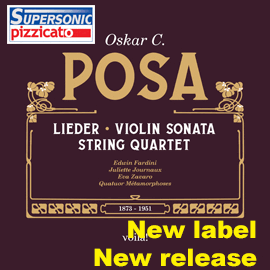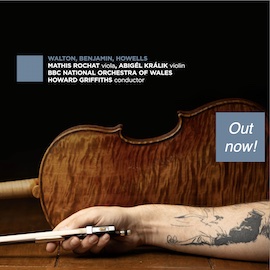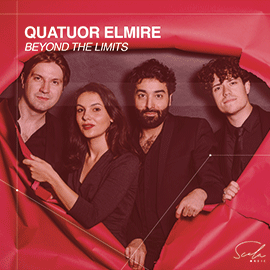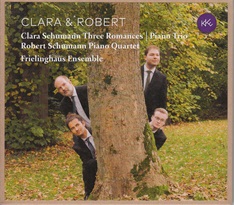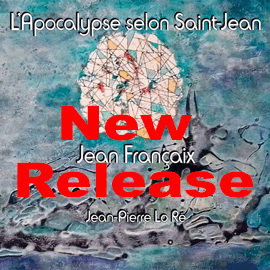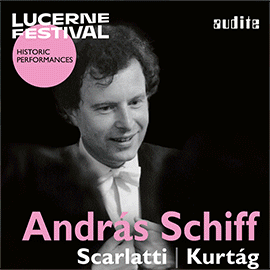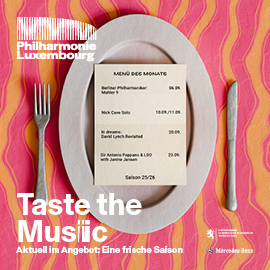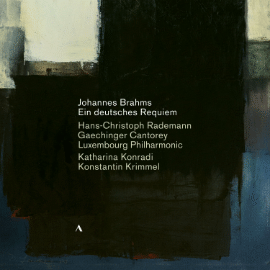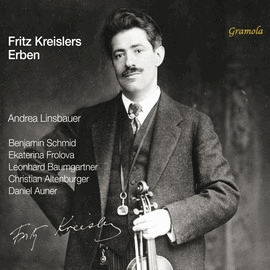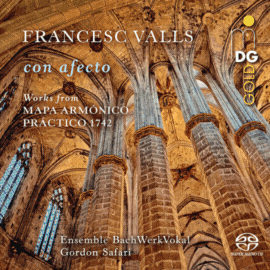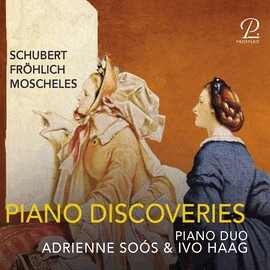Die musikalische Verbindung beim Ehepaar Schumann ging über ausdrückliche Bezüge wie die ‘Variationen über ein Thema von Robert Schumann’ von Clara hinaus. So war Clara die Pianistin für die Uraufführung des Klavierquartetts ihres Mannes Robert. Für den Typus des Klaviertrios war Clara in der Beziehung die Vorreiterin, so dass sie in diesem Metier frei von verwandtschaftlichen Vorbildern schreiben konnte. Und so zeigt sich Claras Werk mit kontrapunktischer Finesse, schöner Gestaltung für die Streicher und einem dazu vorzüglich ausbalancierten Klaviersatz. Andersherum spielte Robert die später entstandenen Romanzen seiner Frau zusammen mit dem Geiger Joseph Joachim in Konzerten. Diese drei Werke waren im Umfeld der Querelen mit dem von ihm geleiteten Düsseldorfer Orchester entstanden. Trotzdem zeigen die Stücke Clara als selbstsichere und unabhängige Künstlerin mit ausgewogenem Gestaltungsgefühl.
Das Frielinghaus Ensemble spielt seit zwei Jahrzehnten seine Interpretationen mit stilsicherer Feinheit und Spannung. Im Trio bieten sie im Kopfsatz die kontrapunktische Struktur mit sicherer, aber sanfter Stringenz. Elegant artikulierend federn sie den tänzerischen Charakter des Scherzos. Im Andante rahmen sie mit lyrischem Zugriff für Anfangs- und Schlussteil die schneller angelegte Mitte, wodurch sie auch die harmonischen Kontraste mit sensitivem Gespür hörbar machen. Das Finale bietet ihnen den Ort, die polyphone Durchführung und auch das Aufgreifen des Themas aus erstem und drittem Satz gestalterisch zu artikulieren.
Die Romanzen stellen sie in jeden Satz ebenso innig wie auch zart duftend dar und zeigen damit, dass dieses Werk in jedem Abschnitt seinen eigenen Charme ausstrahlt, wenn man ihn denn so sorgsam hebt.
Im Klavierquartett von Robert gestalten sie die positive Grundstimmung des Werkes sehr überzeugend. Die gleichwohl widerstreitenden Gefühle kitzeln sie im Kopfsatz heraus und bilden auch die Kraftzentren ab, ohne deswegen drastisch zu formulieren. Das Scherzo erlangt bei ihnen den erforderlichen hastenden Charakter, ohne dass sie deswegen die Leichtigkeit ihres Spiels aufgeben müssten. Innig empfindend formt das Ensemble das Andante cantabile, im Mittelteil sogar gebethaft anmutend. Das Finale bietet ihnen mit seinem ungestümen Gestus den Raum, wirkungsvoll auf den Schluss zu streben, nicht ohne die kompositorischen Atempunkte aufzugreifen, um neuen Schwung zu holen.
Im Klangbild zeigen sich die Instrumente jeweils für sich ebenso ab wie auch der gemeinsame Höreindruck für das Ensemble gesichert bleibt, so dass auch von daher eine äußerst gelungene Einspielung zu verzeichnen ist.
Das Beiheft bietet noch interessante Informationen zu kleineren Formaten von Schumann wie den Märchenbildern. Nur finden sie sich diese weder als Musik noch als Anknüpfungspunkte an die anderen Werke wieder.
The musical connection between the Schumann couple went beyond explicit references such as Clara’s « Variations on a Theme by Robert Schumann ». Clara was the pianist for the premiere of her husband Robert’s piano quartet. With respect to the form of piano trio, Clara was the pioneer, so that she was able to write in this genre free from kinship models. And so Clara’s work is characterized by contrapuntal finesse, beautiful setting for the strings and an excellently balanced piano part. Conversely, Robert played his wife’s later Romances together with the violinist Joseph Joachim in concerts. These three works were written in the context of the quarrels with the Düsseldorf orchestra he conducted. Nevertheless, the pieces show Clara to be a self-assured and independent artist with a balanced sense of composition.
The Frielinghaus Ensemble has been playing its interpretations with stylistic finesse and tension for two decades. In the first movement of the trio, they offer the contrapuntal structure with a secure but gentle stringency. They elegantly articulate the dance-like character of the Scherzo. In the Andante, they frame the faster middle section with lyrical access for the opening and closing sections, making the harmonic contrasts audible with a sensitive feel. The finale offers them the opportunity to articulate the polyphonic development and also to take up the theme from the first and third movements.
They present the Romances in each movement with both intimacy and delicate fragrance, demonstrating that this work radiates its own charm in each section, if it is so carefully elevated.
In Robert’s piano quartet, they shape the work’s positive mood very convincingly. They tease out the conflicting emotions in the first movement and also depict the centers of power without formulating them drastically. They give the scherzo the necessary hurried character without having to give up the lightness of their playing. The ensemble forms the Andante cantabile with deep feeling, even appearing prayerful in the middle section. The finale, with its impetuous gesture, offers them the space to strive effectively towards the end, not without taking up the compositional breathing points in order to gain new momentum.
The sound of each instrument is just as distinct as that of the ensemble as a whole, making this an extremely successful recording.
The accompanying booklet also offers interesting information on smaller formats by Schumann such as the Märchenbilder. However, these are neither to be found as music nor as links to the other works.




